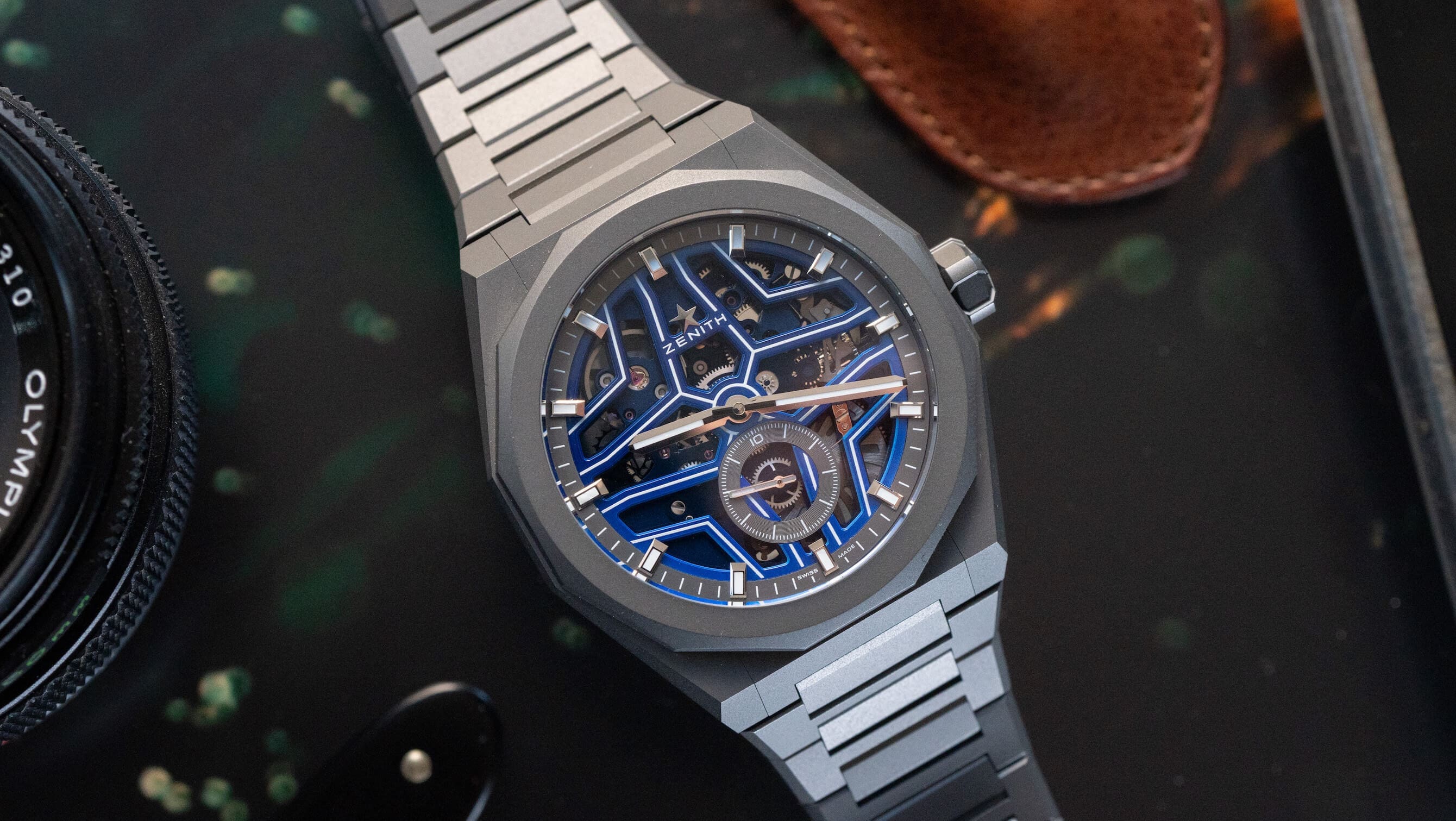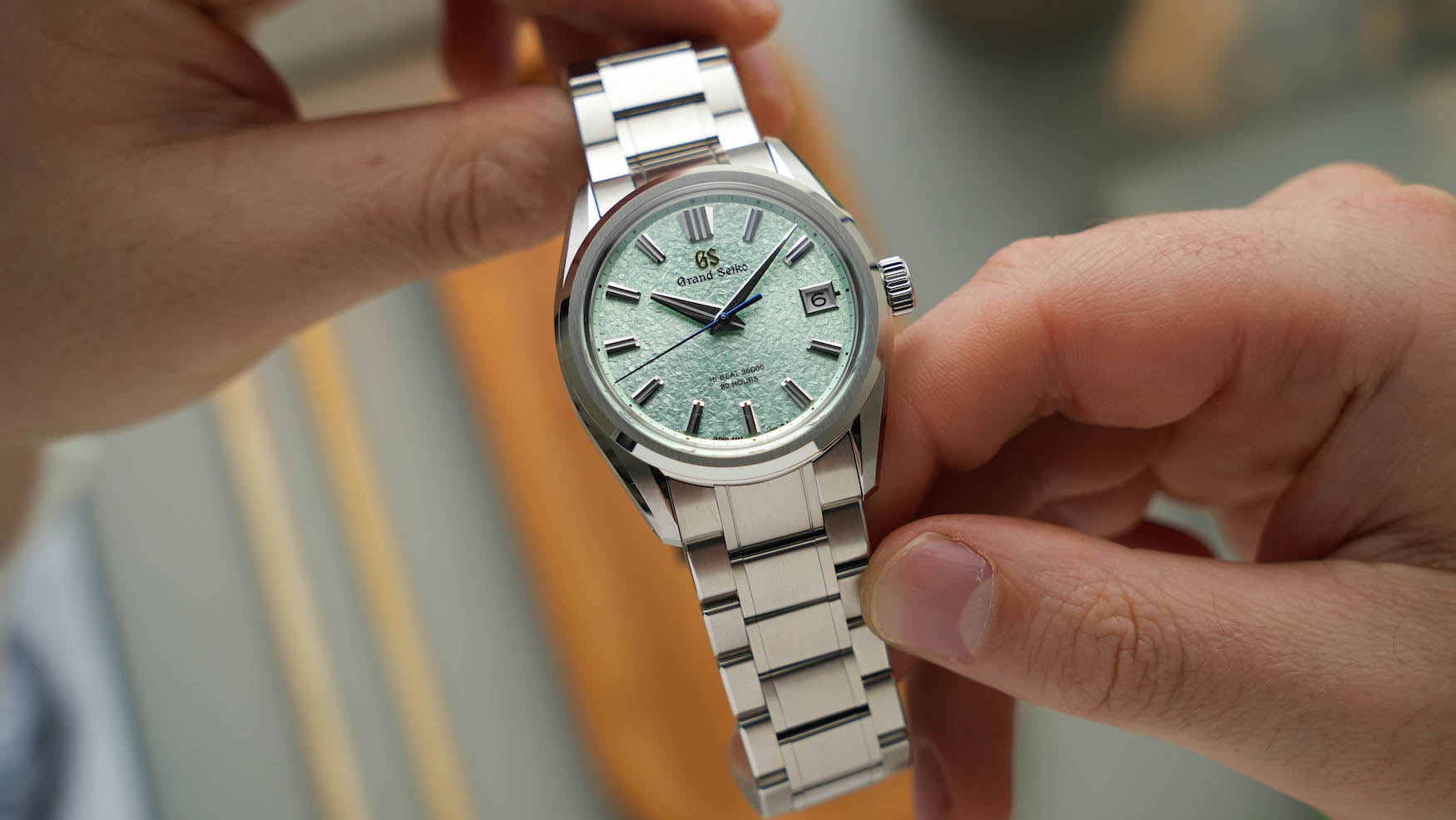Okay, so, I’ve been messing around with watches lately, and I got really into this whole “high beat” thing. It sounds fancy, right? Well, it kind of is, but it’s also pretty straightforward when you break it down.

First, what did I do? I started digging into what makes a watch tick, literally. Turns out, it’s all about how fast this little wheel inside, called the balance wheel, goes back and forth. Normally, you see numbers like 18,000 or 21,600 “beats per hour” (bph) thrown around. That’s how many times that wheel swings in an hour.
So, what’s the big deal with high beat? Well, “high beat” just means the wheel is swinging faster than usual. Usually, anything over 28,800 bph is considered high beat. Some of the watches I looked at, like those fancy Grand Seikos and the El Primero from Zenith, they’re hitting 36,000 bph. That’s like, whoa, fast!
Next, I got myself a tool. It’s called a timegrapher. This thing listens to your watch and tells you how well it’s keeping time. The goal is to get what they call a “beat error” of less than 0.1 milliseconds (ms). Sounds tiny, right? But in the watch world, it’s a big deal. Most watches, straight from the store, are more like 0.2 to 0.8 ms off. Not bad, but we can do better.
Here’s where the fun started. I took apart a few of my old watches and tried to adjust them to be as close to perfect as possible. You need a steady hand and a lot of patience. Moving tiny parts around, listening to the timegrapher, making tiny adjustments, over and over again.
- First I learned that using this higher beat rate also means that the watch is using up more energy, which means that I will need to get it more often serviced.
- Second I checked that the higher the beats, the smoother the second hand moves. It’s kind of mesmerizing to watch.
- Third I tried to adjust some old watches to get them closer to that perfect beat. It involved a lot of small tweaks and patience.
Did I get them perfect? Not quite, but I got them pretty darn close. And I learned a ton in the process. Plus, there’s something really satisfying about taking something apart, understanding how it works, and making it just a little bit better.

So, that’s my little adventure into the world of high-beat watches. It’s a mix of geeking out over tiny mechanics and the joy of hands-on tinkering. And hey, now I’ve got a few watches that are running just a bit smoother, thanks to yours truly!